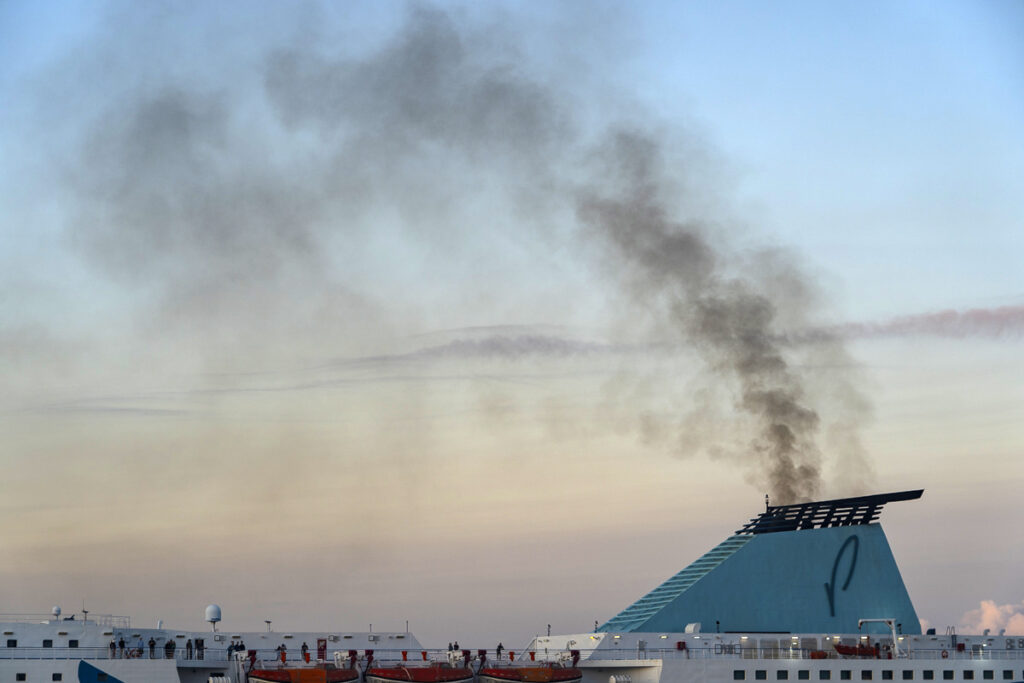
The Future of Shipping
Among my various jobs, I work with several projects campaigns aimed at curbing and ending the use of fossil fuels by ships, and slashing the impact of fossil fuel pollution on people’s health.
This includes Clean Arctic Alliance – protecting the Arctic from shipping, the Clean Shipping Coalition – reducing the shipping sector’s impact on global warming, Decarbonise Now ( decarbonising the EU fishing sector) and the Global Climate and Health Alliance, working to protect people’s health from climate change and fossil fuel pollution.
Why am I telling you all this? Well, I recently co-wrote something on the impact black carbon emissions from ships on the Arctic, and I’ve also made some photos which relate to this work.
I want to develop a series showing the future but how do I show a ship *not* polluting the air or the ocean? I can at least work in showcasing the work of those at the vanguard of cleaning up the shipping sector. So while this article purports to show the future of shipping – it’s more about my desire to document this future as it arrives – and in the meantime, bemoan the current status quo.
So why not share some ideas and thoughts about the impacts of shipping, and the solutions?
By various estimates, the shipping sector is responsible for around 3% of global greenhouse gas emissions. In comparison, the EU as a whole is responsible for 6%, the US 11%. If shipping was a country, it would come in somewhere above Brazil, below Russia when it comes to warming the planet. This is significant, and worth acting upon.
With about 80% of goods worldwide carried by ships, oil tankers alone account for 29% of the tonnage moved around. An incredible 40% of maritime trade is accounted for by oil and other products derived from it. So cutting global fossil fuel demand would mean less ships burning fossil fuels just so that they can transport… fossil fuels.
Then there’s the particulate matter spewed from the funnels of ships and how it impacts the ocean, sea ice, glaciers, and the health and wellbeing of people in port cities and beyond.
Many ships burn heavy fuel oil, or HFO, which is the worst of the worst – it’s a thick goo, solid at room temperature that is a by-product of refinery processes. Banned in the Arctic and Antarctic, there’s some way to go before its use dwindles elsewhere. However, even burning fuels such as diesel, while better, still have climate and health impacts.
Some shipping companies use liquified natural gas claiming that it’s “green” fuel. Unfortunately, it’s still a fossil fuel. According to the International Council on Clean Transportation, “LNG emits approximately 25% less carbon dioxide (CO2) than conventional marine fuels in providing the same amount of propulsion power. However, LNG is mostly methane, a potent greenhouse gas (GHG) that traps 86 times more heat in the atmosphere than the same amount of CO2 over a 20-year time period”.
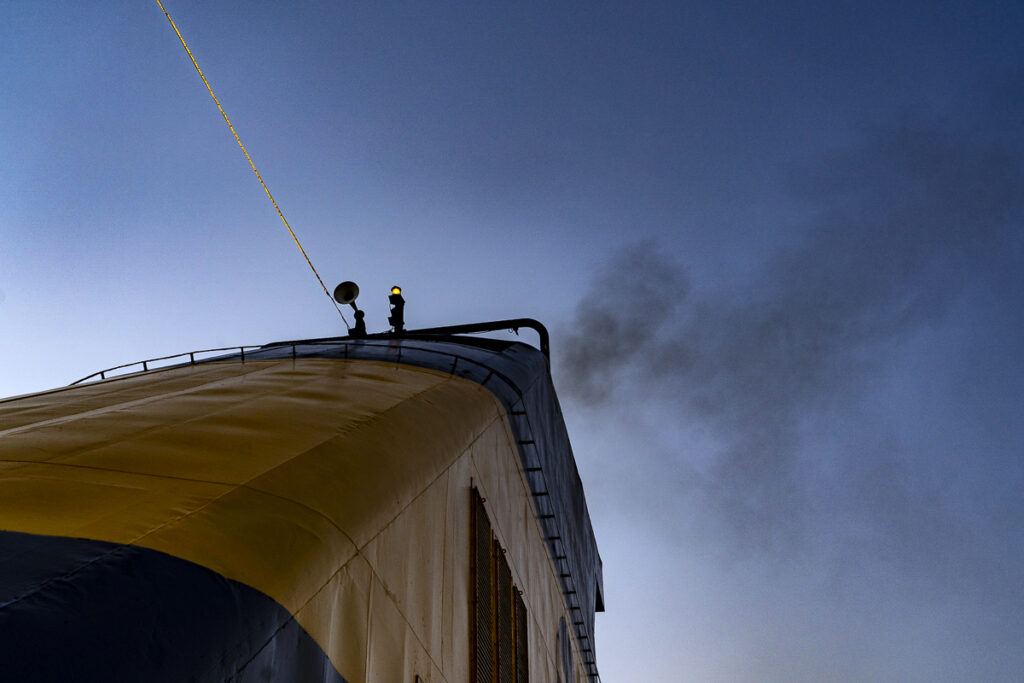
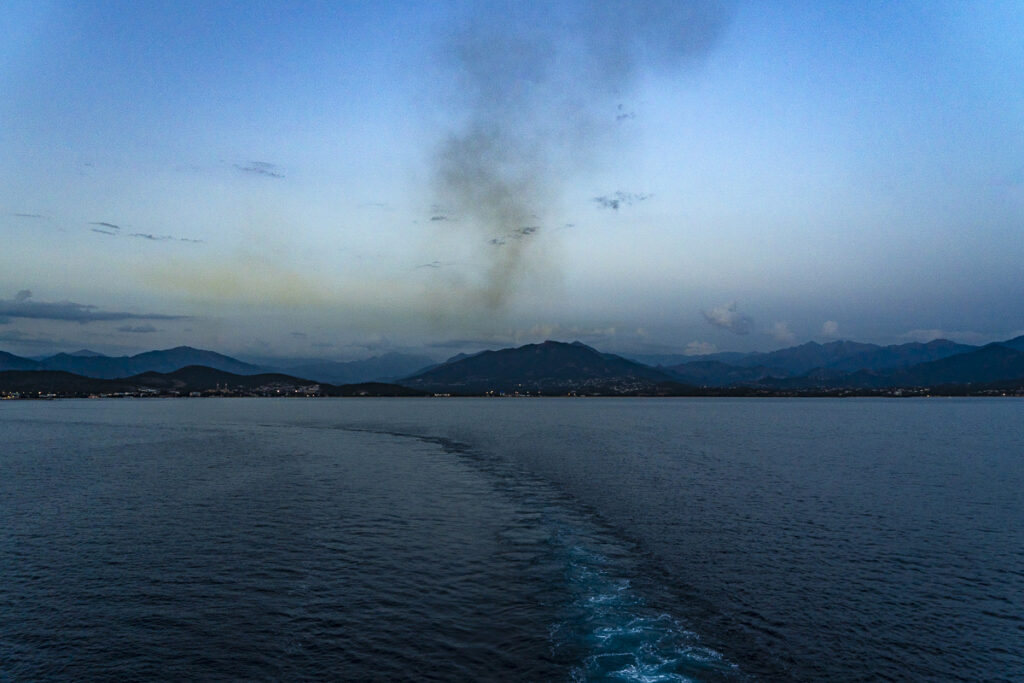

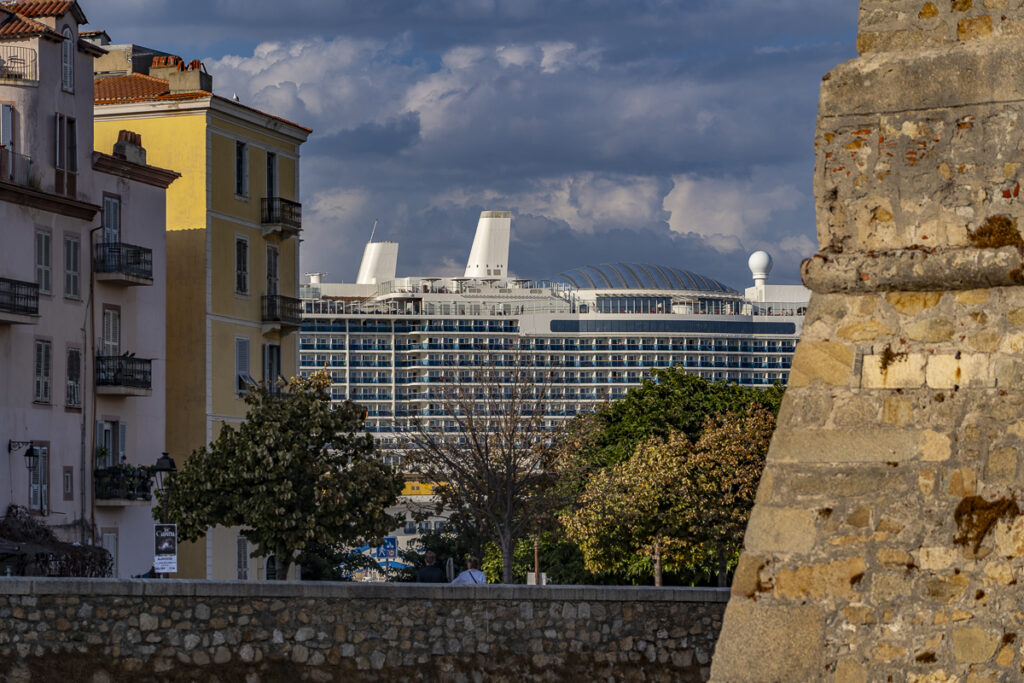
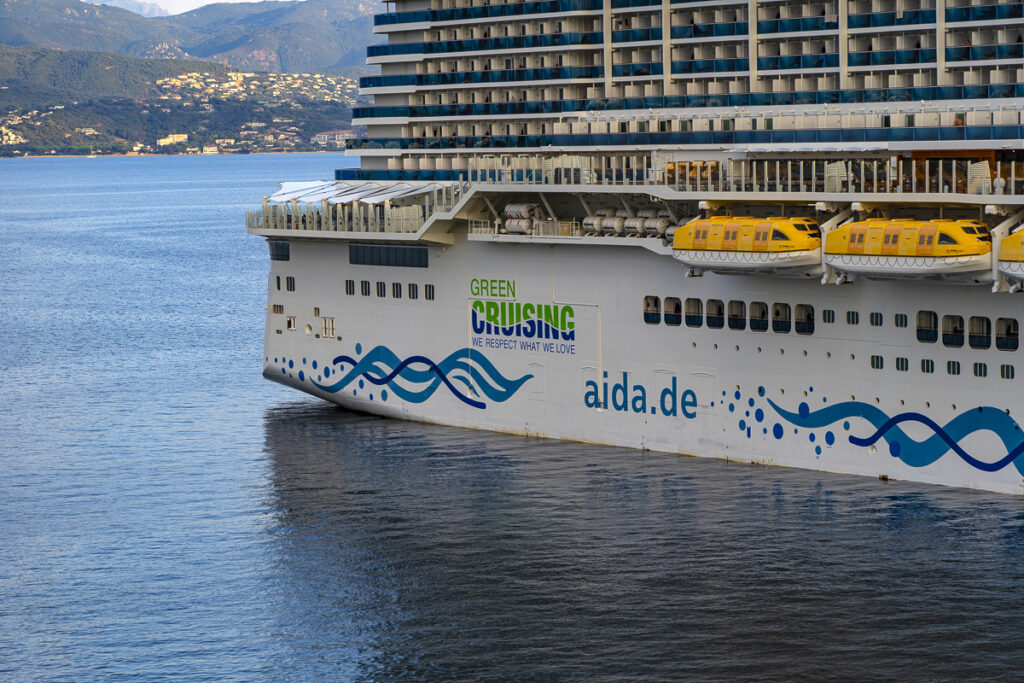
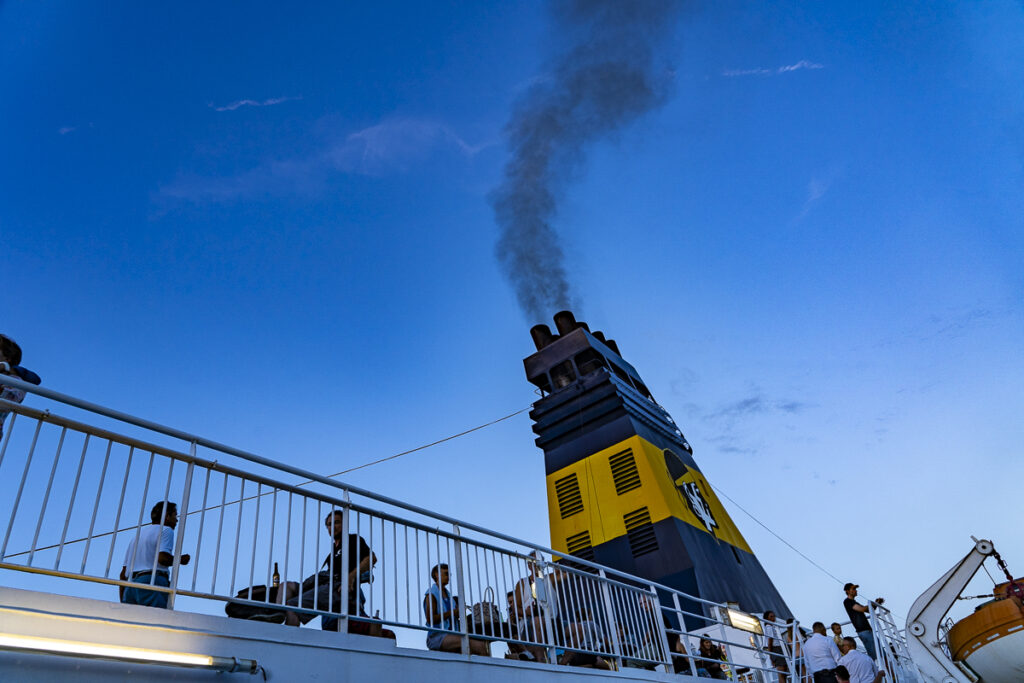
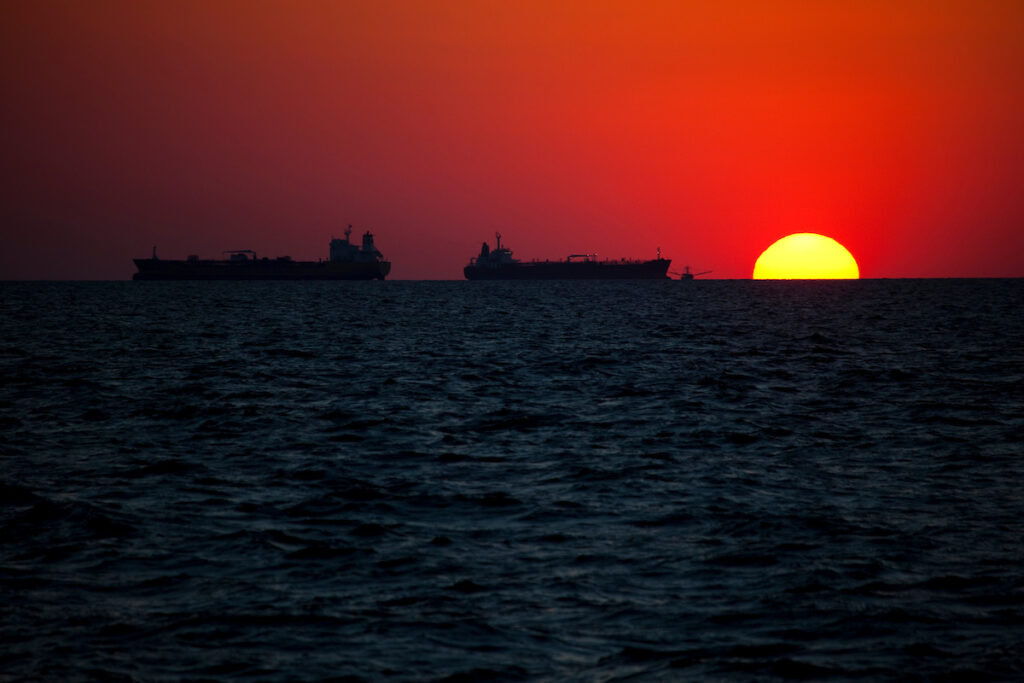
How do we cut the use of fossil fuels in ships? We need to move away from the dirtiest fuels – like heavy fuel oil and towards cleaner fuels immediately. However, as stated above, ‘lighter’ fossil fuels like LNG, diesel etc. will not be the long-term solution. But there are myriad new technologies, and the return of some older ones that will help us out. Ways to make ship hulls more efficient; the use of supplementary sails and flettner rotors, “slow steaming“, shore-based electrical connections for ships in port, batteries for electric ships – all of these exist and are in use already.
Developments such as these rigid wing sails from Bound4Blue are leading in terms of innovation in alternatives to burning oil in ships. Organisations like the International Windship Association are working to promote “the use of wind propulsion by ships and small vessels to reduce fuel consumption and decrease climate change related emissions”. At a consumer level, the Ship it Zero campaign is talking to big companies like Amazon and IKEA about how they move their goods around. Things are happening. We could be back in the second age of maritime windpower before long.
Dave Walsh advises a number of shipping campaigns
